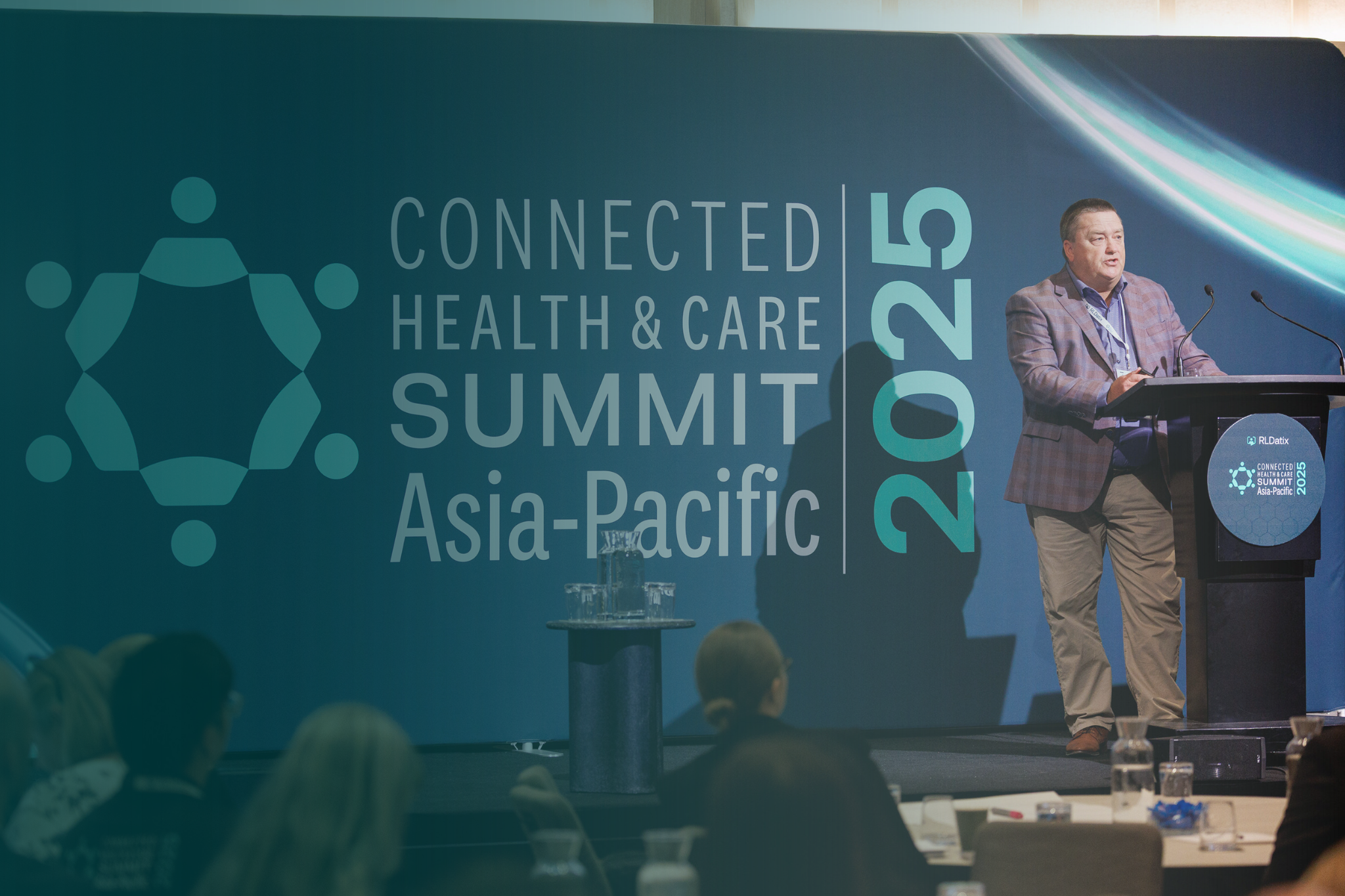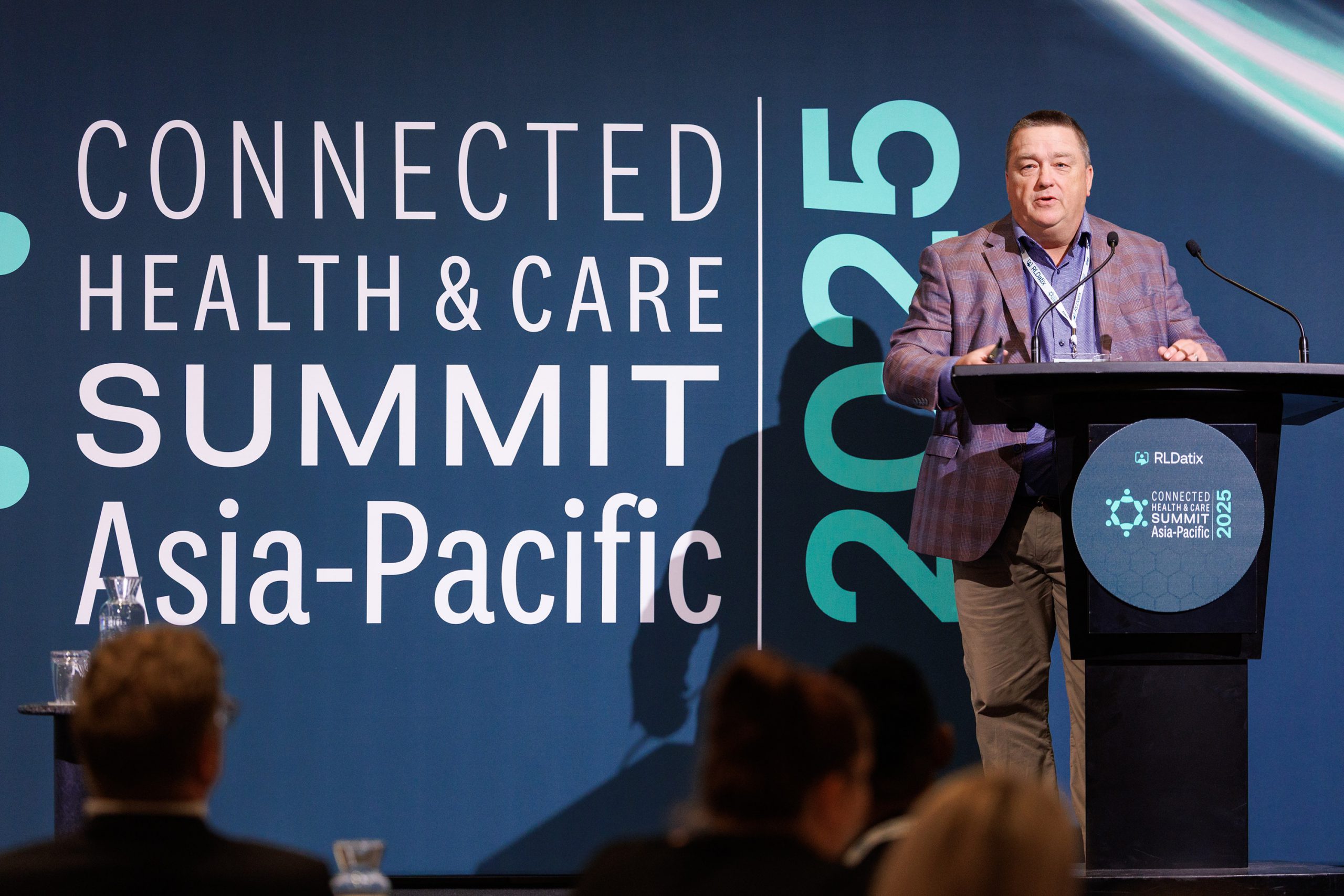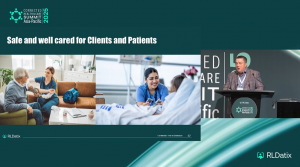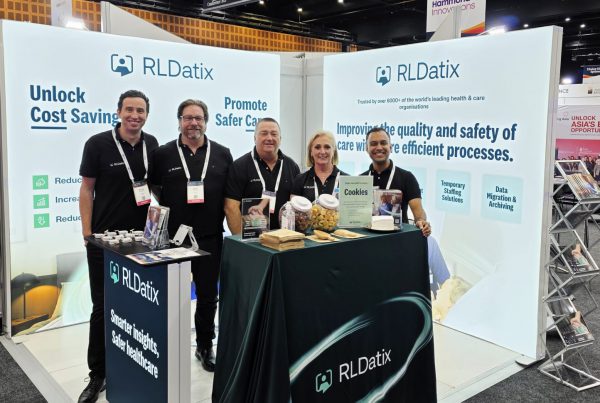“Are you optimising your workforce for pay cycles… or for people and culture?”
This question posed by Richard Hazeltine, Sales Director at RLDatix during the 2025 Connected Health and Care Summit, wasn’t just a catchy opening. It was a challenge to the entire healthcare sector to shift its mindset when it comes to workforce management and enterprise software.
In his compelling session “Shifting the Workforce”, Richard took the audience on a journey from punch cards and floppy disks to the future of healthcare rostering. But beyond the nostalgia and tech evolution was a powerful message: it’s time to stop viewing workforce software as a tool for payroll processing and start seeing it as a strategic enabler of safe care, staff wellbeing, and cultural transformation.
Why This Matters More Than Ever
The healthcare workforce is under unprecedented pressure. By 2035, Australia faces a projected shortage of over 80,000 nurses. Aged care facilities are buying homes just to attract staff. Burnout is rising. And yet, too often, workforce management technology decisions are made with one question in mind: Can we still get the payroll done?
“We rarely see a tender that says: ‘Our organisation wants to change culture.’ Instead, it’s a checklist of what we’ve always done. But what if we designed systems for what we want to become?”
This, Richard argued, is the heart of the matter. Organisations too often approach workforce software like they did in the 1990s looking to automate processes and reduce admin burden. But today’s healthcare challenges demand more. They demand a workforce management approach that:
- Prioritises staff wellbeing, fairness, and flexibility
- Supports rosters that are clinically safe and sustainable
- Retains staff by creating environments they want to return to
- And yes—ensures accurate and timely pay, but as a baseline, not the goal
The Cost of Getting It Wrong
“Janelle told us she never went back to an organisation because of a bad experience. Not because of pay—but because of how she felt.”
Poor rostering practices don’t just cause dissatisfaction. They cost money. High turnover, constant recruitment, training costs—these are the hidden burdens of ignoring staff experience. And ultimately, they impact the most important outcome of all: patient safety.
“Overworked, overstretched nurses aren’t just tired—they’re at risk of making critical mistakes. Your workforce system should be helping prevent that.”
From Payroll-Focused to Purpose-Driven
Richard’s call to action was clear: rethink the why behind workforce decisions.
Instead of asking:
- Can it handle public holiday rules?
- Will it reduce time-theft?
- Does it match what we do today?
Ask instead:
- Will this help us build a culture staff want to be part of?
- Can this improve our ability to deliver safer care?
- Does it help us retain and empower our workforce?
“How do I balance patient safety, staff wellbeing, and still run an efficient, productive, financially sustainable organisation? That’s the real workforce management challenge.”
It’s a tough equation. But it’s also the one worth solving.
Conclusion:
Watch the Session Highlights
Catch the most powerful moments from Richard Hazeltine’s keynote at the Connected Health and Care Summit.
Register to watch the full 20-minute session and access all on-demand content
Want to Talk About Building a Happier, Safer Workforce?
Our team at RLDatix has been working with healthcare organisations across APAC to rethink workforce management – not just for efficiency, but for real impact. Let’s start a conversation about how your organisation can do the same.








